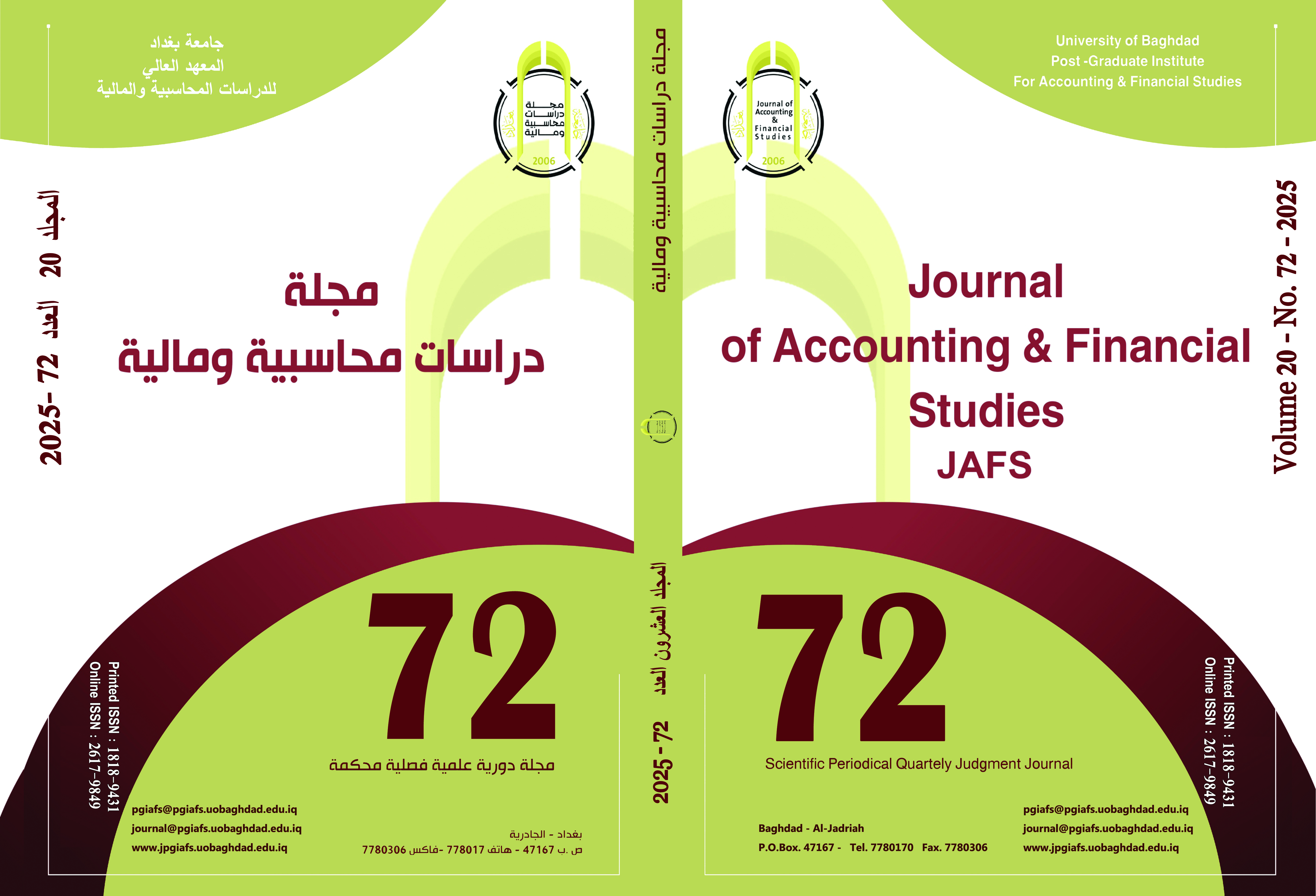Measuring and analyzing the relationship between structural change and public debt in the Iraqi economy for the period (2004-2022)
DOI:
https://doi.org/10.34093/sfk2tn61Keywords:
Structural change, Public debt, Iraqi economyAbstract
The study aims to show the performance of the main sectors (oil sector, commodity production sector, distribution sector, service sector), as well as measuring the impact of the GDP structure on public debt by relying on the Autoregressive Distributed Lag Periods (ARDL) methodology. The study was based on an analytical and quantitative approach during the period (2004-2022), and the study reached a set of results, the most prominent of which is that an increase in the added value of the extraction sector (oil) by one million dinars leads to a decrease in public debt by (-0.67) million dinars. The study recommended working to build a solid production base by adopting economic policies capable of generating investments that contribute to moving the economy. This requires making a change in the structure of public spending in favor of investment spending, and reconsidering the direction of spending in favor of productive activities, especially the manufacturing industry, then agriculture, construction and building. This will contribute to strengthening sources of income and reducing dependence on oil resources by expanding the tax base, raising the tax rate and restructuring the tax system. Therefore, economic policy makers in general and financial policy makers in particular must work to rebuild the tax system to be an effective tax system, in addition to raising the level of tax effort and expanding tax bases by creating many taxes and activating all inactive taxes and expanding them gradually.
Downloads
Published
Issue
Section
License
The copyright is transferred to the journal when the researcher is notified of the acceptance of his research submitted for publication in the journal.



